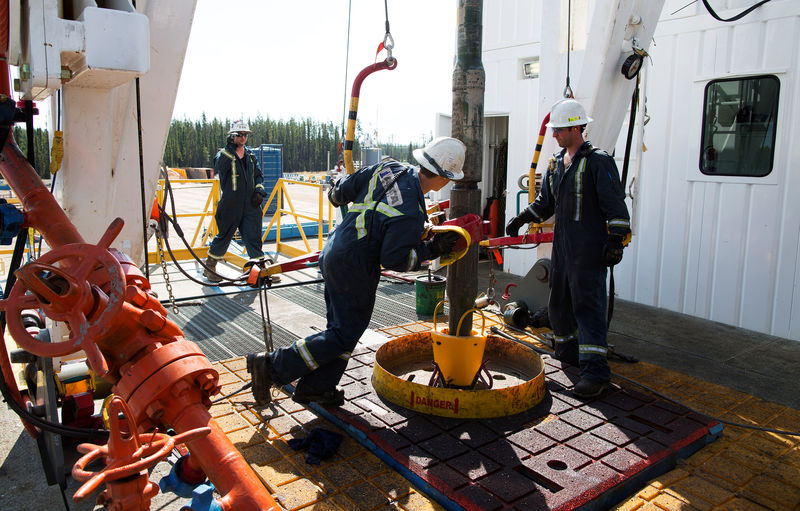OPEC's dilemma as global demand remains weak - Bernstein
Global oil demand remains in the doldrums, according to Bernstein, creating a dilemma for OPEC given the looming surplus in crude supply next year.
The latest estimates from the International Energy Agency have revised demand down by 0.2 million barrels per day to 102.8 million bbls/day, which implies growth of just 0.8 million bbls/day, Bernstein said.
This is matched by non-OPEC supply growth of 0.9 million bbs/day, which is unchanged.
China’s demand has been particularly weak with growth continuously revised down from 0.7 million bbls/day at the start of the year to the latest 0.1 million bbls/day.
How much more downside to demand depends on whether China will act more forcefully with stimulus measures, although signals remain somewhat unclear at this point.
“Heading into 2025, we remain concerned about the looming surplus in crude supply next year which would reduce the call on OPEC by 0.9 million bbls/day,” said analysts at Bernstein, in a note dated Oct. 16.
“OPEC’s dilemma is that to support current prices, they probably need to cut. But with spare capacity already at elevated levels, this is far from what OPEC would like to do.”
More recently, the OPEC members have been talking about unwinding cuts, although this could be an attempt to maintain discipline among OPEC members, Bernstein said.
At this stage any increase in OPEC output towards the end of the year looks unlikely, but this is probably the biggest thing to worry about in the near term for oil investors.
“While the setup on fundamentals does not look positive for Brent , geopolitics remains the key upside risk which cannot be completely discounted given the geopolitical risks,” Bernstein added.
“With stocks pricing in $70/bbl we believe that Brent will trade in $60/bbl-80/bbl for the time being. While Brent may average US$80/bbl in 2024, US$70/bbl is looking more likely for next year based on fundamentals,” Bernstein added.
At 08:30 ET (12:30 GMT), the Brent contract traded 0.1% higher at $74.29 a barrel.
Source: Investing.com
